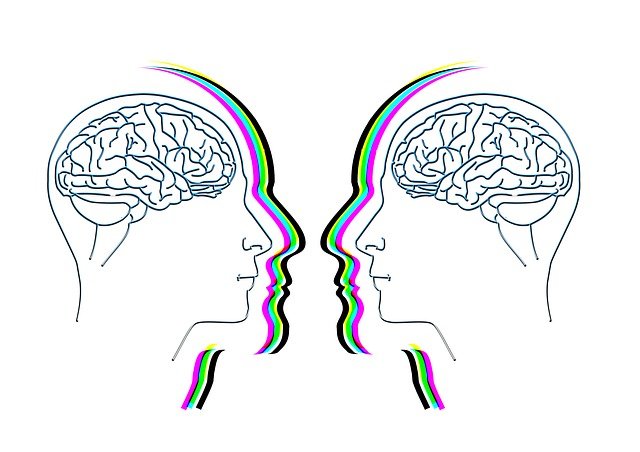
In this interesting article Dr. Rafael Cartay approaches the subject of ayahuasca from 3 different scientific perspectives, presenting the point of view of traditional medicine, psychology and neurosciences.
People who want to develop their self-knowledge, evolve, discover and heal unpleasant memories that persist and produce different negative and persistent states of mind, such as depression, traumatic anxiety, fear, phobia, very low self-esteem, etc., or who simply want to penetrate into their own consciousness to learn to know themselves better, come to the shamans to participate in a session of ayahuasca.

Dr. Rafael Cartay is a Venezuelan economist, historian, and writer best known for his extensive work in gastronomy, and has received the National Nutrition Award, Gourmand World Cookbook Award, Best Kitchen Dictionary, and The Great Gold Fork. He began his research on the Amazon in 2014 and lived in Iquitos during 2015, where he wrote The Peruvian Amazon Table (2016), the Dictionary of Food and Cuisine of the Amazon Basin (2020), and the online portal delAmazonas.com, of which he is co-founder and main writer. Books by Rafael Cartay can be found on Amazon.com
Ayahuasca today
It is a fashionable activity, and is practiced in major cities around the world.
People participate to have an experience that allows them to reorganize their mind, learn to control their emotions and to accept things that cannot be changed and certain natural fears such as coping with death, and to understand disturbing memories of the past in order to deal with them in an assertive way.
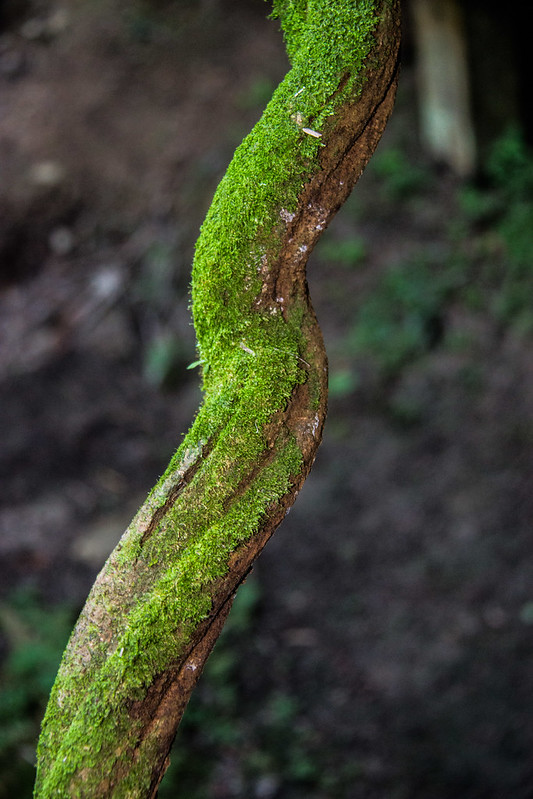
However, its medicinal or therapeutic use is often confused with its recreational or recreational use.
In such a way that, with frequent practice, the taking of ayahuasca became a very profitable business, which exceeded the natural environment of the Amazon.
The 3 key perspectives to understand ayahuasca.
The taking of ayahuasca is an act of voluntary participation, responsible and of great significance for the life of a person.
To describe it, we will use three different approaches or perspectives: the first is from the perspective of traditional consumption, in which we will explain the ritual as it occurs in the urban context, provided that three conditions are metThe shaman is a serious shaman, with a good setting and a drink prepared by an expert, who would be the shaman himself.
The second approach is that of psychoanalysis.
The third view comes from the perspective of neuroscience.
Ritual rules for ayahuasca rituals
In any of the three cases it is necessary to observe certain rules: ayahuasca is ingested at night, when it is dark, after eight o’clock at night, in a setting where darkness reigns, and in which the participants form a small group, which remains silent and voluntarily and responsibly attends the experience.
Participants must have complied with certain previous recommendations made by the shaman, such as abstaining from sexual relations at least three days before the intake, and having followed a diet, preferably composed of vegetables and fruits, avoiding the consumption of meat and alcoholic beverages.
The recommended dose of the concoction per participant ranges from 50 to 100 ml.
The act is performed under the direction of a shaman of proven experience, who uses certain implements for the execution of the ritual, such as bundles of dry leaves (huairasacha or chacapa), rattles, incense burners.
And it uses the chanting of a kind of mantras called icaros and the blowing of tobacco on the participant’s body at certain moments of the ritual.
At the beginning of the act it is usual for the shaman to talk about his experience and his purposes.
He will explain the unpleasant effects caused by the ingestion of ayahuasca, which is a very bitter-tasting and foul-smelling concoction that is difficult to swallow, and which produces nausea, dizziness and anxiety.
In many cases, session participants will vomit and feel some stomach discomfort. The shaman will explain, in general terms, how to proceed during the experience.
In all three cases the concoction made with ayahuasca is ingested, with the addition of ground chacruna leaves and cooked in water for several hours.
1. The view of ayahuasca from the perspective of traditional medicine.
In the ordinary sessions, ayahuasca is taken in order to seek a cure for an illness or to calm a depressive state, using the intermediation of the shaman, who acts as a healer.
The shaman administers a small cup of the concoction to each participant, who begins to feel the effects of the drink 15 to 20 minutes after ingestion, while the shaman repeatedly and rhythmically chants icaros.
The participant feels a tingling sensation in the body, while becoming restless: his heart and respiratory rate increases. And some sweating occurs, as he enters a sort of trance or expanded consciousness.
Then certain visions appear to him, of very colorful geometric figures, and then of animals, generally felines, bats and snakes.
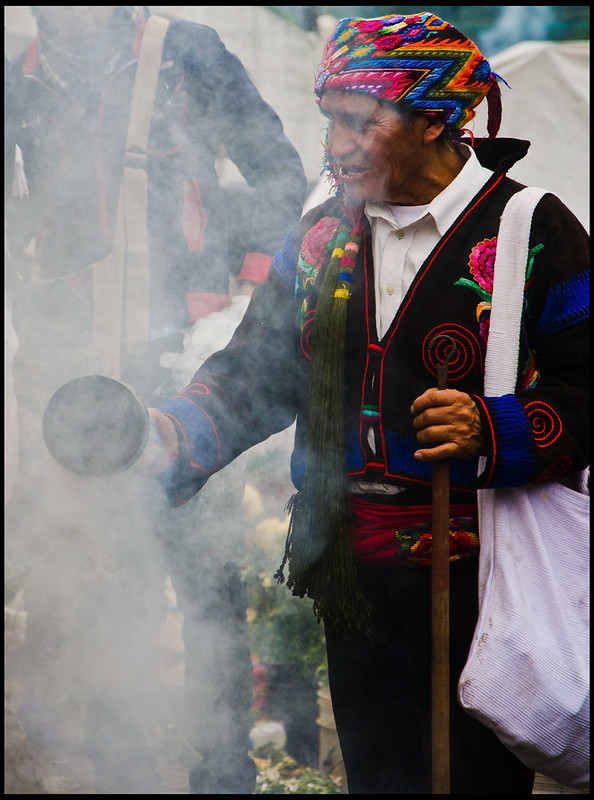
At this point the experience becomes very intense, and can be frightening. Then, the shaman calms the participant with his chants, his utensils and his approach, while expelling puffs of tobacco.
The description of these sensations is very difficult for the participant. Then he calms down, and collects himself.
The effects of the intake slowly wear off over a period of one to three hours. After which, the participant is exhausted but serene.
At some point during the experience, the shaman came in contact, thanks to the ayahuasca, with the participant’s ailment and helped him/her to initiate the healing process, if that was the case.
The important thing is that the participant is able to understand the root of his or her concern or suffering, and proceed to change it with his or her decisions.
2. The view of ayahuasca from the perspective of psychoanalysis
Psychoanalysis is both a theory or theoretical approach and a therapeutic practice to explain the workings of the human mind and individual behavior.
It was created by Sigmund Freudbetween 1885 and 1939, for the treatment of the psychic problems of patients, unable to develop their full personal potential to feel good, useful and full in daily activities, overcoming, or at least alleviating, states of anxiety, inhibitions and depression.
Psychoanalysis is a theory about the functioning of the human mind that is applied with the help of an analyst who, acting in a safe and comfortable environment, leads the patient to become aware of the conflicts that are in the unconscious part of his psyche, in order to overcome them.
It is a long and progressive process, and requires the intervention of an analyst.
Eduardo Gastelumendi
To present this view from the perspective of psychoanalysis, we will be guided by the work of Eduardo Gastelumendi, a prominent Peruvian psychiatrist and psychoanalyst, who has experimented for a long time with ayahuasca in his medical consultations.
For psychoanalysis, the path to self-knowledge is a route that presents several resistances or barriers.
These barriers are the manifestation of unconscious fantasies, such as oedipal roots; phantasms of submission to the power of another, or the fear of being abandoned or deceived.
The idea is for the patient to understand the reason for the deception, in order to face the truth of his emotions, desires and limitations.
Resistance to ayahuasca manifests itself as a fear of losing control of the mind and body, living an experience close to madness and, in a certain way, death.
This fear acts as a protection against the abuse of drinking, since drinking produces a deconstruction of the perception of reality and of oneself.
The experience leads to the regression of stimuli in the psychic apparatus.
Ayahuasca produces somatic changes, which affect the perception of the self, as a “somatic marker”, resulting from the association between the sensations that appear as an automatic response to these emotional events.
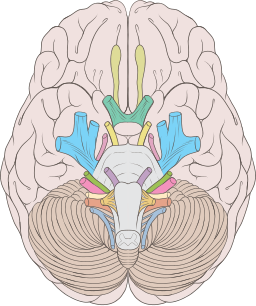
These are perceptions that “mark” us early in life.
The intake of ayahuasca leads to an alteration of attention, increasing the attention to our own body.
An emotionality of an unknown or forgotten quality will appear, with a certain loss of motor control of the body, accompanied by a special state of consciousness.
Half an hour after ingestion, colorful geometric visions appear, accompanied by great serenity.
The participant directs attention to his or her body, while a certain depraxia (lack of control of motor movements and muscular coordination, which leads to slow and clumsy actions) occurs. A sort of “dizziness”, although with lucidity, and a state of anguish or fear may appear.
Anguish that he will not be able to control on his own. Their thinking becomes fragmented and experiences arise that are difficult to explain verbally.
There, the shaman intervenes, helping him with his icaros and his presence. Fear of death often appears, which is usual in those who seek personal growth.
In this case, the shaman acts as a psychoanalysis analyst, reassuring the participant.
Visions
Then, visions, or rather pseudo-perceptions and not hallucinations, appear.
They are autobiographical visions or visions of extraordinary landscapes.
It is a kind of ostensive insight , marking the passage from the unconscious to the conscious, in which past situations are relived, which can sometimes be painful or traumatic.
The personal trajectory is relived in a panoramic and profound vision.
It is the moment of decisions: the participant recognizes the need to leave an addiction, to forgive his loved ones or to seek their forgiveness, to change jobs or cities, if necessary.
This is what psychoanalysts call “elaboration”.
For Gustelumendi, the most notable change brought about by ayahuasca is what occurs in the self, which manifests itself in the relationship with others and the environment.
That is to say, in the mental structure of an individual and his environment, making its limits more permeable and the experience of being more profound.
Therefore, the experience of taking ayahuasca is not always pleasant.
It is for people with a well-constructed self and achieved potential space (their ability to relate to themselves and others).
But not for those with a precarious self and weak potential space.
In this case, the experience may produce an acute psychotic reaction, such as schizophrenia or severe physical and psychological disturbances.
For Gustalumendi, ayahuasca produces an experience of impact, regressive and intense.
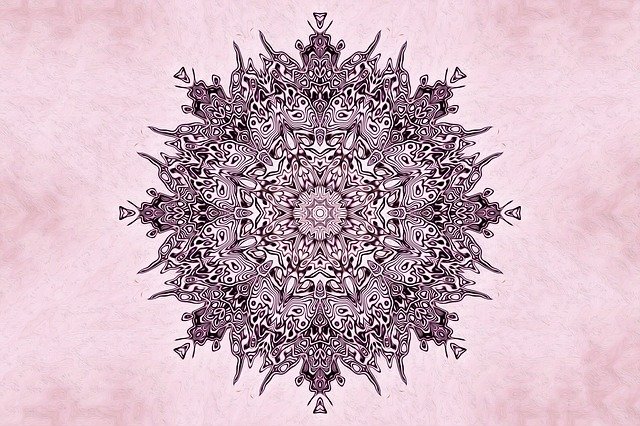
The session lasts a few hours, but its effects can be prolonged and determine the subsequent course of a life, and it can be stronger, faster and more effective than a psychoanalysis session, which is a slow maturation work of trust and bonding between patient and analyst.
Another psychoanalyst (Rivas-Bolívar, 2014) considers that visions together with alterations in the consciousness of the self, described as a sense of death and rebirth, can lead to a state of spiritual ecstasy and well-being.
That is why ayahuasca is used to treat mood disorders and addiction problems.
In this case, two opposing visions are opposed: that of Western medicine, which boasts of being very objective, and that of traditional medicine, which resorts to subjectivity, using a healer or shaman as an intermediary between the worlds of the spirit, nature and humans.
The healer, using ayahuasca, a sacred plant and teacher, comes into contact with the supernatural world.
3. The view of ayahuasca from a neuroscientific perspective
Jordi Riba is a leading Spanish neuroscientist, affiliated with the Hospital Sant Pau in Barcelona, who has been studying the effects of ayahuasca on the neo-cortex, the brain that humanizes us and allows us to make decisions, for more than 20 years.
He is head of the neuropsychopharmacology group at the Sant Pau Research Institute. Riba maintains that ayahuasca hyperactivates the neo-cortex, and acts on other brain regions such as the amygdala and the insula.
The amygdala acts as an archive of our early memory, especially traumatic or significant memory.
It stores our most irrational emotions: fear, anger, sadness.
And it is in charge of regulating our memories, especially the negative ones. The amygdala is located in the inner part of the medial temporal lobe, connected to the brain, and is key to survival because it integrates emotions with behavioral responses.

The insula, according to Riba, acts as a bridge between emotional impulses and the ability to make decisions. The insula, or insular cortex, is located deep in the lateral part of the brain, and is related to perception, especially taste and smell.
It influences many processes related to abstract thinking and decision making. It is involved in addiction processes.
Ayahuasca trips, for Riba, expand the mind and have therapeutic value.
Other neuroscientific studies on ayahuasca
A joint study by Beckley and Sant Pau universities found that taking ayahuasca produces an antidepressant effect in people in whom other treatment had no effect.
Effects that were noticeable immediately after an ayahuasca session, and persisted for several weeks.
If the post-trip effect, which Riba calls afterglow, could be mastered, a noticeable, rapid and effective improvement in depression could be achieved.
Riba considers that brain connectivity changes within 24 hours after taking ayahuasca.
Brain areas related to the creation and maintenance of the sense of self acquire better connections with other regions that process emotions and autobiographical memories.
Riba and his collaborators found that frequent ayahuasca users showed shrinkage of a brain region called the posterior cingulate cortex.
This cortex is an important nuclear center of the default neural network (NDN), which receives and represents perceptions, and touches psychological disorders, such as depression, addictions and post-traumatic stress.
In the case of ingestion of ayahuasca, and other psychedelics, the repressive control of the RND is lower, facilitating greater brain connectivity and enriching perception.
People then feel that they can overcome certain compulsive patterns of thought and behavior, which is also the case with meditation or mindfulness .
Riba also points out that 24 hours after the consumption of ayahuasca, brain activity in the medial area of the parietal lobe, related to the perception of the self, decreases.
That area is usually in hyperactivity, which is related to obsessive and negative thoughts.
This is important. By decreasing harmful critical evaluation of oneself, a person’s self-esteem can be raised and the ability to fight addictions, negative thoughts and beliefs can be increased.
Riba believes that ayahuasca can be useful in the treatment of depression, addictions and psychological trauma.
For several years, ayahuasca has been used to treat post-traumatic stress suffered by combatants, such as former U.S. soldiers who participated in the wars in Afghanistan and Iraq.
Riba insists that ayahuasca is not a recreational drug, nor is it used to escape from problems.
When taking the concoction, the problems appear before the user’s eyes in a very intense way, often in a painful way.
Bibliography consulted
- Brierley D.I., Davidson C. 2012. Developments in harmine pharmacology- implications for ayahuasca use and drug-dependence treatment. Prog. Neuropsychopharmacol. Biol. Psychiatry. 39 (2), 263-272.
- Gastelumundi E. 2013. A psychoanalytic look at an ayahuasca experience. Revista Psicoanálisis, No. 12, Lima.
- Gastelumundi E. 2012. A psychoanalytic look at the ayahuasca experience. Lima: Peruvian Society of Psychoanalysis.
- McKenna D.J., Riba J. 2015. New World Tryptamine Hallucinogens in the neuroscience of Ayahuasca. Current Topics on Behavoiral Neuroscience. doi:
- Riba, J. Interview by Josep Fita, La Vanguardia, 18. 12. 2017. Lavanguardia.com/vida/2017/219/433742427184-jordi-riba-huir-problemas- tomas-ayahuasca-ultima-debes-hacer.htm.
- Riba J., Romero S., Grasa E., Mena E., Carrió I., Barbanoj M.J. 2006. Increased frontal and paralimbic activation following ayahuasca, the pan-Amazonian inebriant. Psychopharmacology (Berl). 186, 93-98.
- Riba J. 2003. Human Pharmacology of Ayahuasca. PhD Thesis. Barcelona: Universitat Autónoma de Barcelona.
- Rojas-Bolívar D.E. 2014. Yahuasca: the meeting of two paradigms. Journal of Neuro-Psychiatry. Vol. 77 (1), 40-47. Lime.
- Thomas G., Lucas P., Cupler N.R., Tupper K.W., Martin G. 2013. Ayahuasca-assisted therapy for addiction: results for a preliminary observational study in Canada. Curr Drug Abuse Rev. 6.
- Timmermann Ch. 2014. Neuroscience and psychotherapeutic applications in the renaissance of psychedelic research. Rev. Chile. Neuro-Psychiat. 53 (2), 93-102.
January 16, 2020

4. Great naturalist scientists in the Amazon Rainforest (18th to 19th centuries)
December 14, 2019
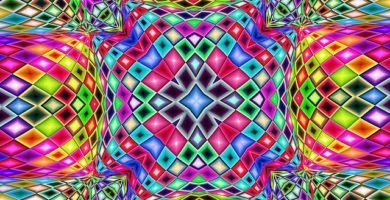
Amazonian myths and legends about ayahuasca
November 28, 2019
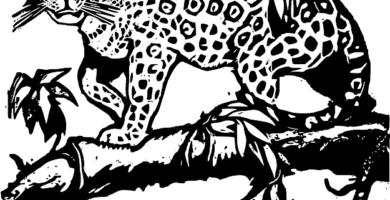
Amazonian Indigenous People Cosmovision – Beliefs, Taboos, Myths and Legends
November 27, 2019
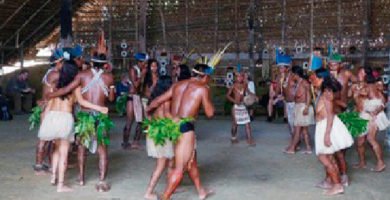
13 Typical dances of the Amazon (videos, music and movements)
November 17, 2019
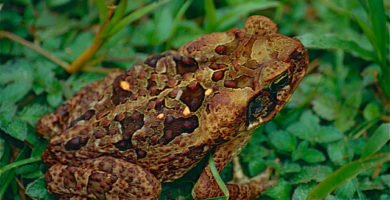
Cane Toad / Giant Toad (Rhinella marina)
November 17, 2019
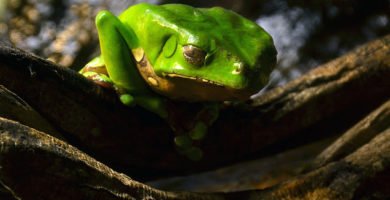
Kambo (Phyllomedusa bicolor)
November 5, 2019
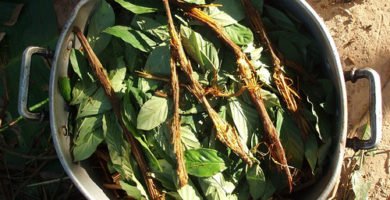
Ayahuasca – Rites, myths and truths behind Yagé and Chacruna
October 19, 2019
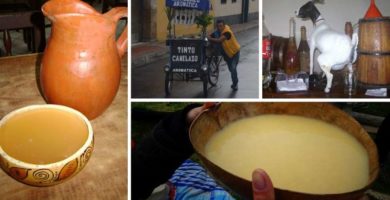
Amazon Rainforest Drinks
This post is also available in:
![]() Español (Spanish)
Español (Spanish)
